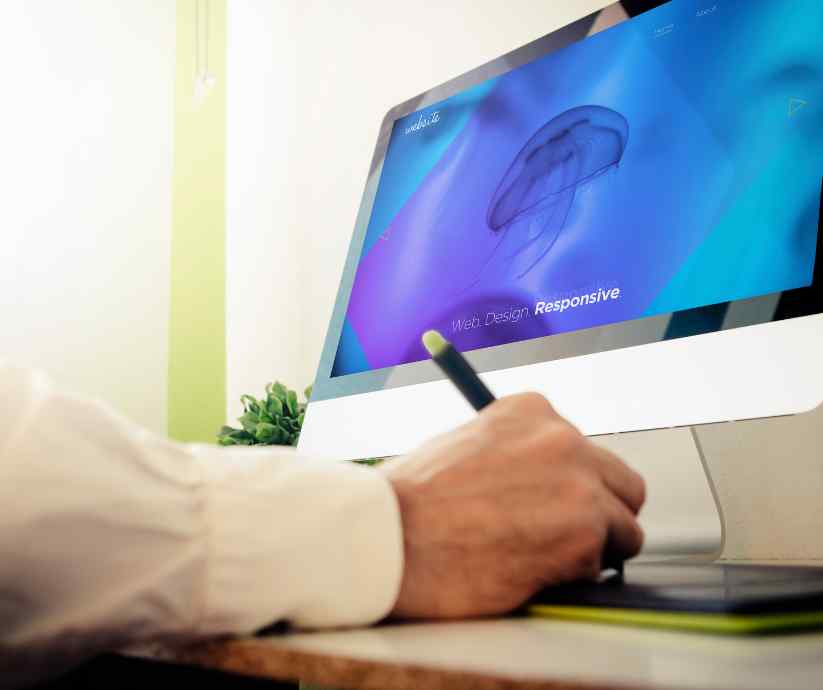A website may make or break a company in the quick-paced digital age. The original goal of modern website design has evolved beyond a simple online presence to provide consumers with an immersive and interesting experience. The key to good web design is the perfect blending of aesthetics, functionality, and user experience. This article examines the development of contemporary website design, highlighting significant trends and ground-breaking ideas that have changed the face of the internet.
The Shift Towards Minimalism and Simplicity
In the realm of modern website design, simplicity reigns supreme. With attention spans dwindling and the need for instant gratification, minimalist web design has gained significant traction. Clean layouts, ample whitespace, and crisp typography create an uncluttered and visually appealing experience. By removing unnecessary elements and distractions, modern websites focus on conveying key messages with precision. This approach not only enhances readability but also ensures faster loading times and improved mobile responsiveness.

Responsive Design: Adapting to Diverse Devices
The proliferation of smartphones and tablets has necessitated a responsive design approach. Modern websites must seamlessly adapt to various screen sizes and resolutions to provide users with a consistent experience across devices. Responsive design allows content to fluidly adjust, ensuring optimal readability and navigation regardless of the platform. By embracing fluid grids, flexible images, and media queries, modern web designers empower businesses to reach a wider audience and enhance user engagement.
Engaging Visuals: The Power of Multimedia
In the age of visual storytelling, static text alone may not suffice. Modern website design leverages the power of multimedia to captivate audiences. Striking imagery, videos, and animations serve as powerful storytelling tools, compellingly conveying emotions and messages. However, balance is key. Implementing multimedia elements should enhance the user experience rather than overshadow the core content. Thoughtful integration of visual elements can effectively convey a brand’s personality, evoke emotions, and leave a lasting impression.

User-Centric Design: Personalisation and Interactivity
Modern websites prioritise user-centric design to foster meaningful interactions. By analysing user behaviour and preferences, businesses can deliver personalised experiences. Tailored recommendations, interactive features, and intuitive navigation empower users to explore content effortlessly. Additionally, incorporating social media integration and feedback mechanisms encourages user participation and community building. Modern web design places users at the centre, facilitating a deeper connection between brands and their target audience.

Modern website design has evolved from static pages to dynamic experiences that seamlessly blend aesthetics and functionality. The minimalist approach focuses on simplicity, allowing key messages to shine. Responsive design ensures a consistent experience across diverse devices, accommodating the ever-changing digital landscape. Engaging visuals and multimedia elements captivate audiences, creating memorable encounters with brands. User-centric design fosters personalisation and interactivity, nurturing stronger relationships between businesses and consumers. As the digital realm continues to evolve, embracing innovation and prioritising user experience remain essential for designing modern websites that leave a lasting impact.

